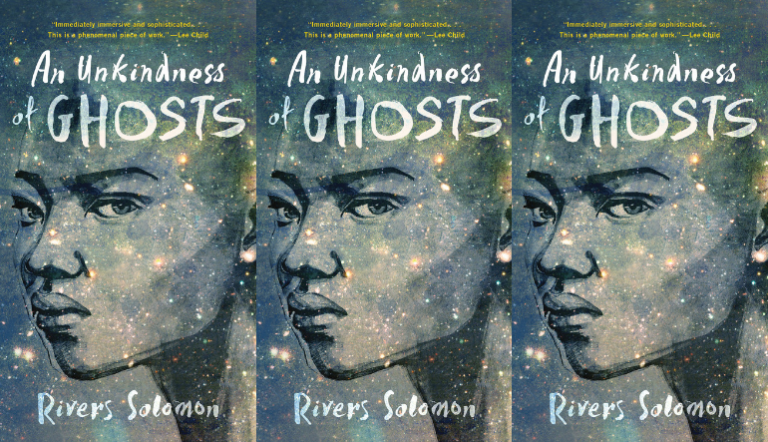


I finally put the character in a felt hat and called it finished. After being asked by an editor for a physical description of a character’s face, I spent days trying to write a sentence that wouldn’t feel reductive or cliché, that might escape the entanglement of a male-female binary-nothing rough or strong or delicate or arched or bony or thick or hairy. They lost their genitals first, then their legs, their hands, their chests. As my fiction explored my uncertainty about my own gender identity, my characters became disembodied. For me, at the time, writing well about bodies that didn’t conform to binary gender expectations meant not writing about them at all. (As I begin this essay, in admiration of two black writers who approach their characters’ bodies with sophistication, I am acutely aware of that privilege.) In part, it was because I believed my body, and its gender, said nothing true about me.Īfter Yanique’s class, I tried to apply her idea to explorations of genderqueer identity in my fiction. In part, this was a result of my white body, which can in its privilege masquerade as a neutral body. I paid little attention to the bodies of my characters. “In science fiction realism,” she said, “the locus of self is the body.” She cited characters with unusual abilities-think superheroes and androids and Edward Scissorhands-whose self was defined primarily by the body’s difference from “normal” bodies. Last August, I attended a craft class by Tiphanie Yanique called “Making a Person.” There, she proposed four complementary approaches to characterization: psychological realism, social realism, magical realism, and science fiction realism.


 0 kommentar(er)
0 kommentar(er)
